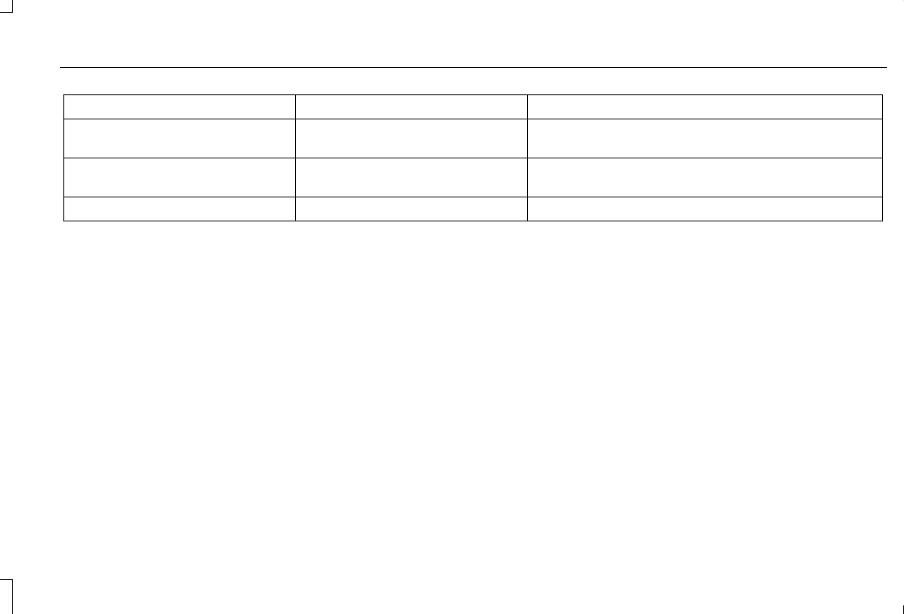Lincoln MKC (2019 year). Manual - part 18

Protected Components
Fuse Rating
Fuse Number
Lane keeping system module.
Rear heated seats module.
All-wheel drive relay.
20A
1
37
Heated steering wheel.
Not used (spare).
30A
38
1
Micro fuse.
2
Dual micro fuse.
Rear Cargo Fuse Box
The fuse panel is located in the cargo area
on the passenger side. Open the fuse panel
cover to gain access to the fuses.
279
MKC (TME) Canada/United States of America, enUSA, Edition date: 201802, First Printing
Fuses